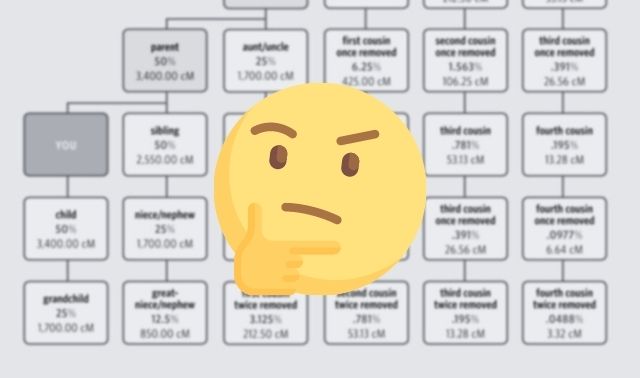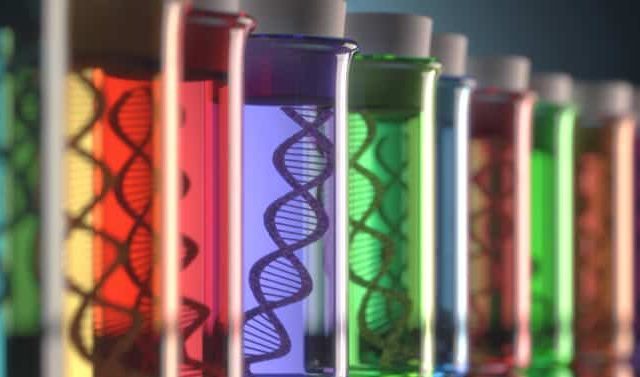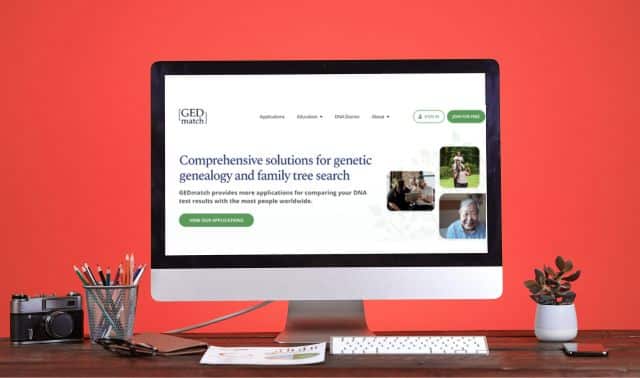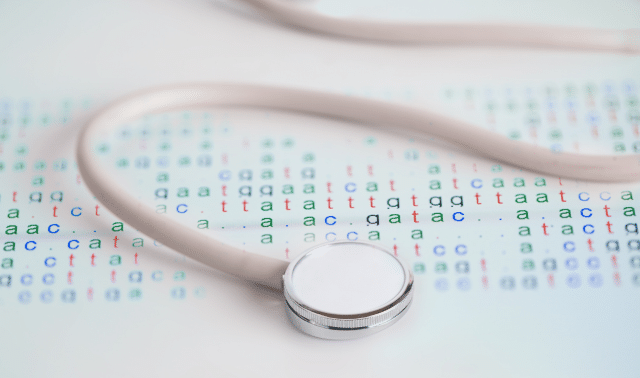Sign up for the Family Tree Newsletter Plus, you’ll receive our 10 Essential Genealogy Research Forms PDF as a special thank you!
Get Your Free Genealogy Forms
"*" indicates required fields
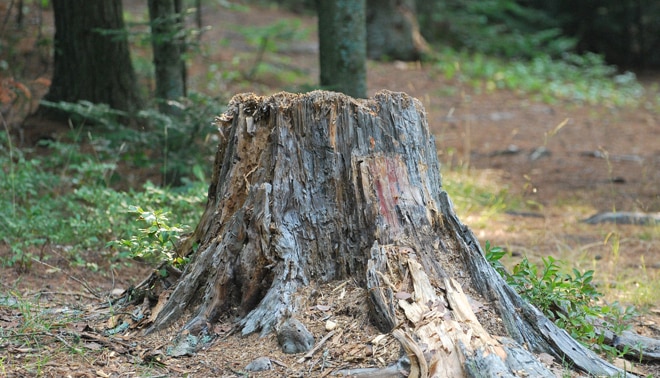
Q: What do I do with my DNA matches that don’t have family trees linked to their results? Are these matches useless?
A: DNA testers might not have online trees for many reasons: They’re primarily interested in ethnicity results. They’re adopted and searching for birth families. They’re brand-new to family history and don’t have a tree. They got the test for Christmas and aren’t all that interested in the results. They lost a job or got sick.
No one’s obligated to provide DNA matches with a public tree, but it can be difficult to do genetic genealogy without one. But these no-tree or private-tree matches are far from useless.
Here’s how to make the most of your match list even if some of those people haven’t yet linked genealogy information to their test results.
1. Search for an unlinked tree.
It’s possible that an AncestryDNA or MyHeritage DNA test-taker who has a family tree on the site just hasn’t taken that extra step to link the tree to his or her test.
When viewing your list of matches on Ancestry, you may see a designation for unlinked tree. Click to view the match, and you’ll see what public family trees that user has. Just remember that this tree might not be for your match’s family—for example, it could be a tree the match manages for his spouse.
2. Triangulate with shared matches.
Use the Shared Matches tool (called the In Common With tool at Family Tree DNA) to see other test-takers who match both you and the no-tree match. Do any of those matches have trees with surnames and places that are common to your family? DNA triangulation can help you use known information about one match to learn about an unknown match.
If you already know your relationship to one of these shared matches, then you can surmise that you’re related to the no-tree match in a similar way. For example, if your match 2Kool doesn’t have a tree, but you see your mom’s sister in the list of matches you and 2Kool share, you’ll at least know that 2Kool is related on your maternal side.
3. Use the user ID.
Look for clues in the person’s user ID. Your match with the user ID of dbmartin23, for example, might be related to the Martin branch of your family tree. Some are more subtle, such as 14HorseBoy, which actually corresponds to the Colt family. In addition to the user ID, you might see an administrator’s name. At Ancestry.com, you also can search for the username in the site’s Member Search.
4. See if there’s an administrator.
A test administrator is someone who manages the DNA account for another person who took the test. Accounts with the same administrator usually have some kind of shared relationship. One administrator might test both parents and a brother, in addition to herself. So if one of those accounts has pedigree information, it might be useful in your investigation.
5. Google the person.
Many people have the same or similar username on different websites, so Google the username (or part of it) and the word genealogy. You might find an online tree or old message board postings about the person’s family tree.
6. Ask.
If the no-tree match is a close relative or could be key to your research, it may be worth writing to ask if the person can share some of his family names or has an online tree anywhere you can look at. (You probably won’t want to send inquiries to all 1,022 of your fifth-to-eighth cousins, though). If the person has a private tree linked to his test results, politely ask if he can send you an invitation to view it.
Having gone through the above steps to formulate a guess as to the relationship can help you write a better initial contact email. Instead of, “Dear Match, please share your pedigree,” you could write, “Can you tell me how you’re related to Henry Colt, born in 1872 in Virginia? My grandmother is Eliza Colt, daughter of Henry’s son Charles.”
Add a Tree to Your DNA Results
Now let’s review how to add your own genealogy to your DNA test results, so you’re not the one people are shaking a virtual fists at:
- Family Tree DNA: log in and use the myFamilyTree button on the home page to upload your GEDCOM file. (GEDCOM is the type of file that contains your family tree data. You can export a GEDCOM from your genealogy software or your online tree.)
- MyHeritage DNA and AncestryDNA: just link your DNA test account to your online tree on the site.
- 23andMe: Fill out your profile with limited family information, including a link to an online tree if you have one. Even if you don’t want to post your entire family tree online, consider linking results to a “skeleton” tree with just names, birth dates and birthplaces for ancestors only (parents, grandparents, great-grandparents, etc.).
A version of this article appeared in the September 2017 issue of Family Tree Magazine.
Last updated, April 2024
ADVERTISEMENT

